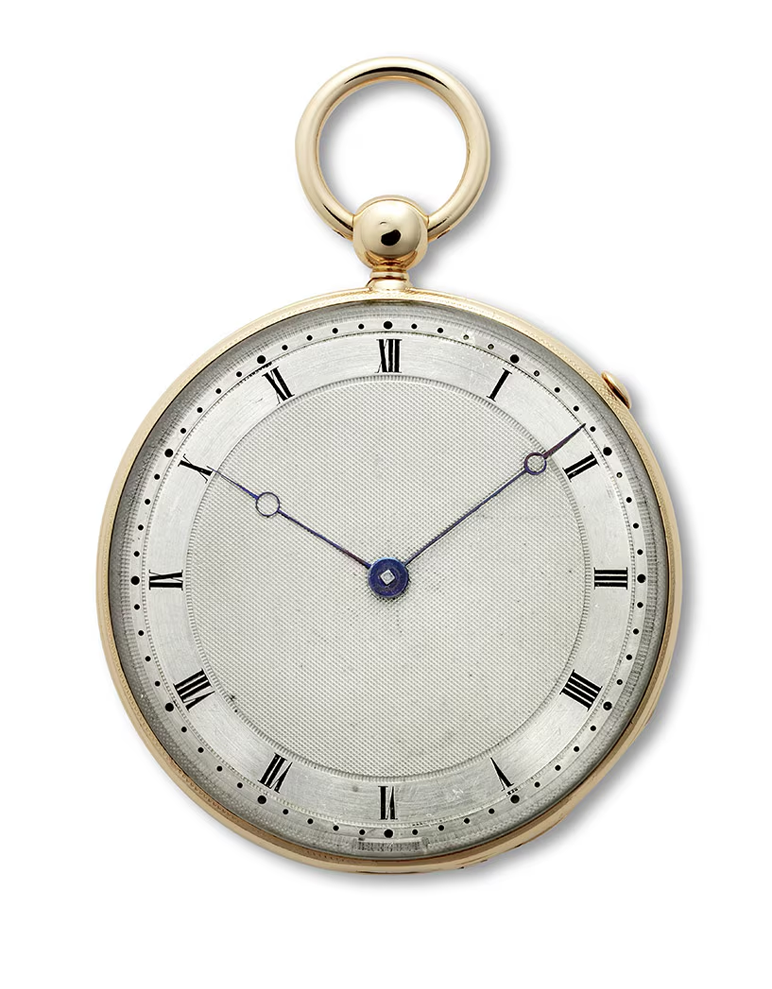Appearance of guilloché in watchmaking
A.-L. Breguet introduces guilloché engraving on the dials of his watches, using a guilloché machine.
Guilloche decoration, also known as engine-turning, is a type of mechanical craftsmanship that involves the precision-engraving of materials in grids of straight, curved, or broken lines; a work of art created with the help of engine-turning lathes that create circular shapes or linear patterns.

In 1786 Abraham-Louis Breguet was of course drawn to the aesthetics of the end result, which gave cases and other components a silky appearance and a pleasant texture. But it was first and foremost the functional character of the process that attracted his interest. The technique provided better protection against general wear and tear to polished surfaces, which are often susceptible to scratches and tarnishing; while its anti-reflective properties allowed easier readability of the dial. In addition, the guilloche patterns helped delineate different zones on the dial for different readings, such as the chapter ring, small seconds, power-reserve indicator, and various different counters.
The use of guilloche decoration in the design of his watches was set to take on increasing importance for the master watchmaker. In fact, it would contribute to the emergence of an iconic “Breguet style”. For instance, the contrasts offered by dials from that point onwards allowed the watchmaker to opt for elegant hands instead of the typical Baroque components of the time. Known today as “Breguet hands”, these are recognizable by their delicate body, ending in the famous hollow apple shape. They would go on to be an immediate success.
At the start of the 19th century, engine-turned dials outnumbered enamel dials in the Breguet creations. The brand’s continued loyalty to this design technique saw it go on to become a distinctive emblem of the House of Breguet. Now signed “Swiss Guilloché Main”, engine-turned silvered gold dials are present in the majority of Breguet’s contemporary collections.
Breguet quarter repeating watch No. 168, gold engine-turned case, body of platinum, silver engine-turned dial, Breguet hands of blued steel, gold cuvette inscribed "Given to Baron Albert de Pichon-Longville by HRH the duc d’Angoulême, 1814"